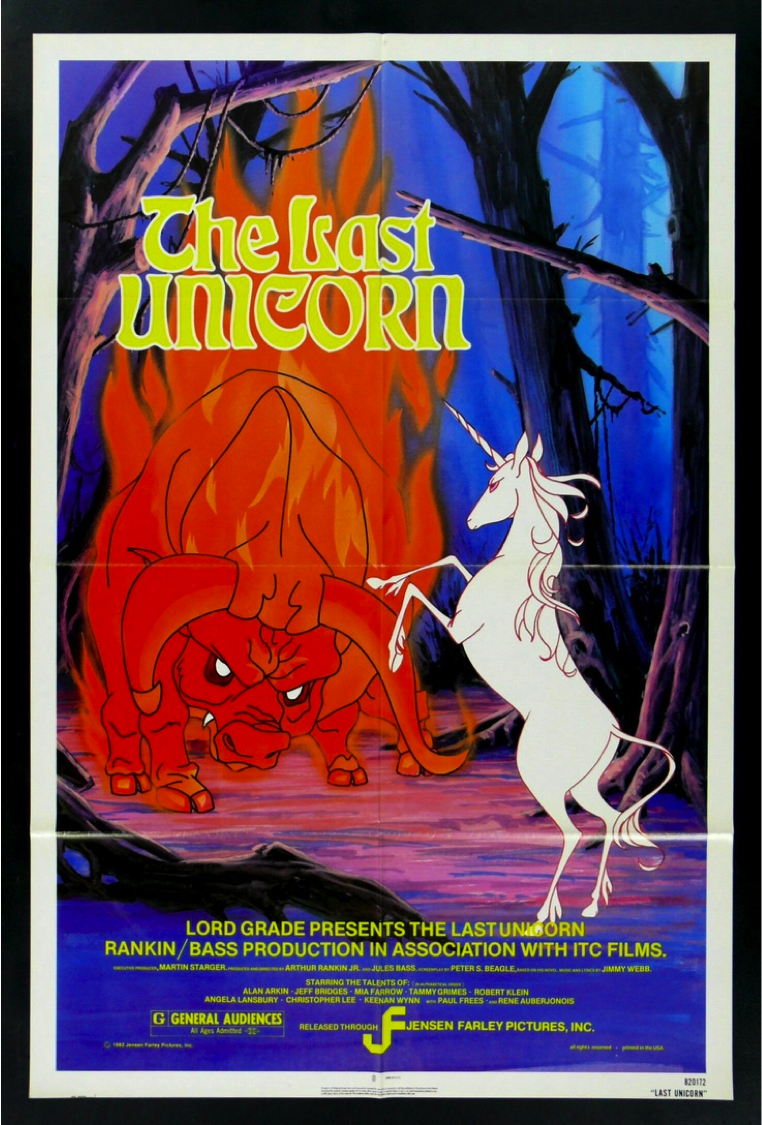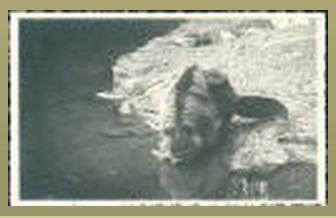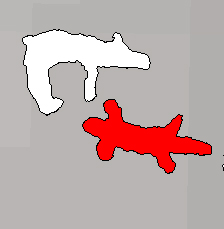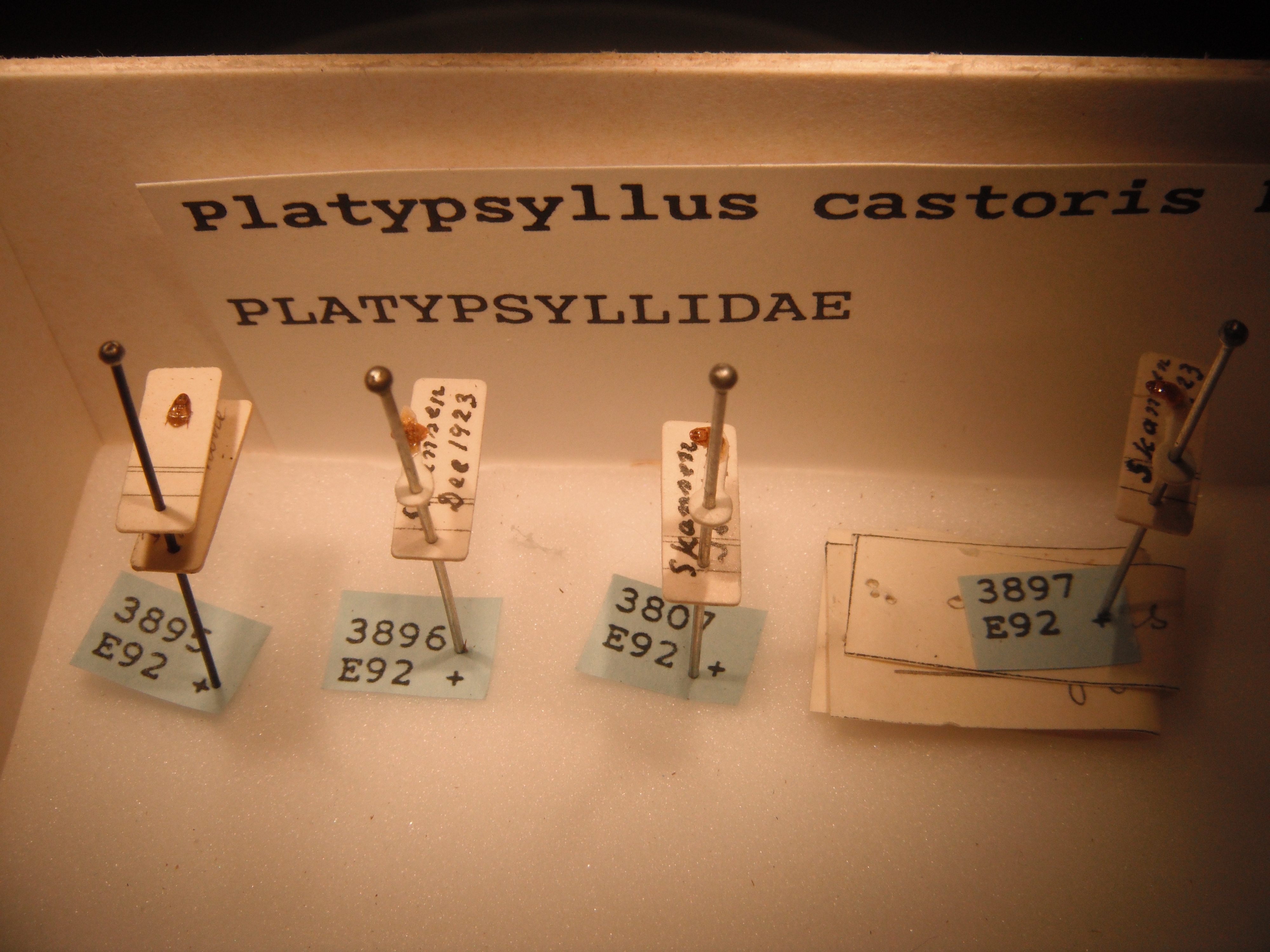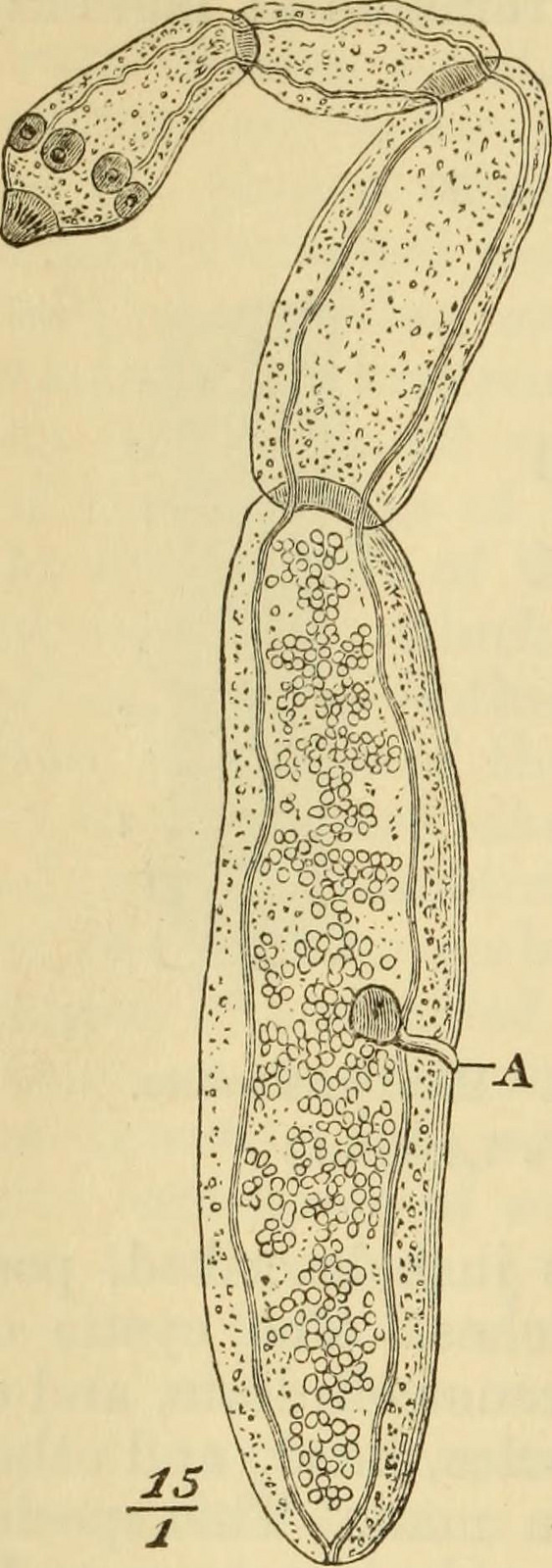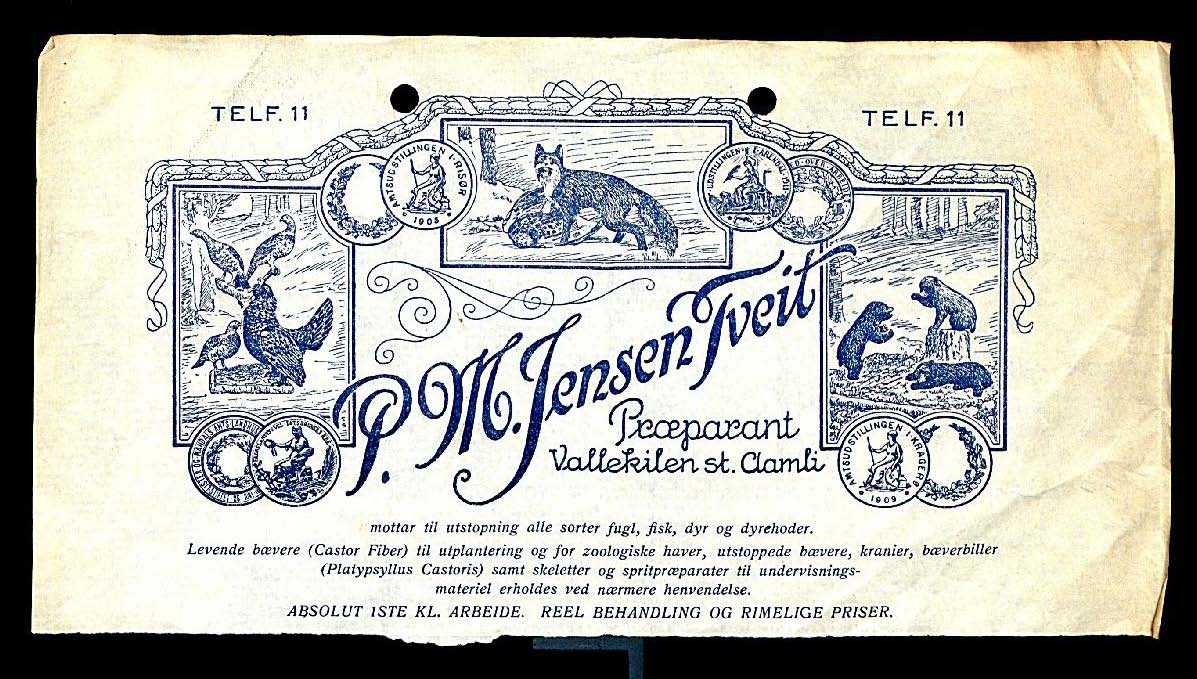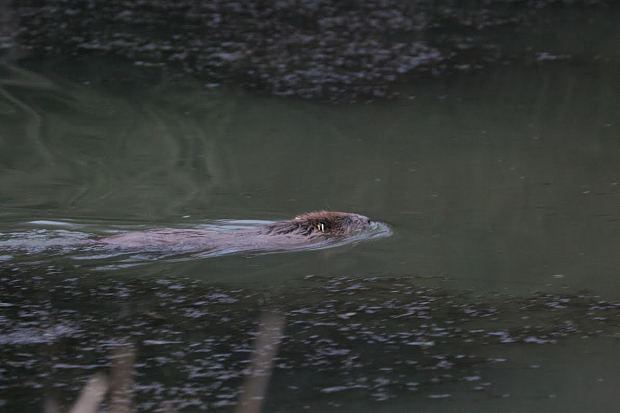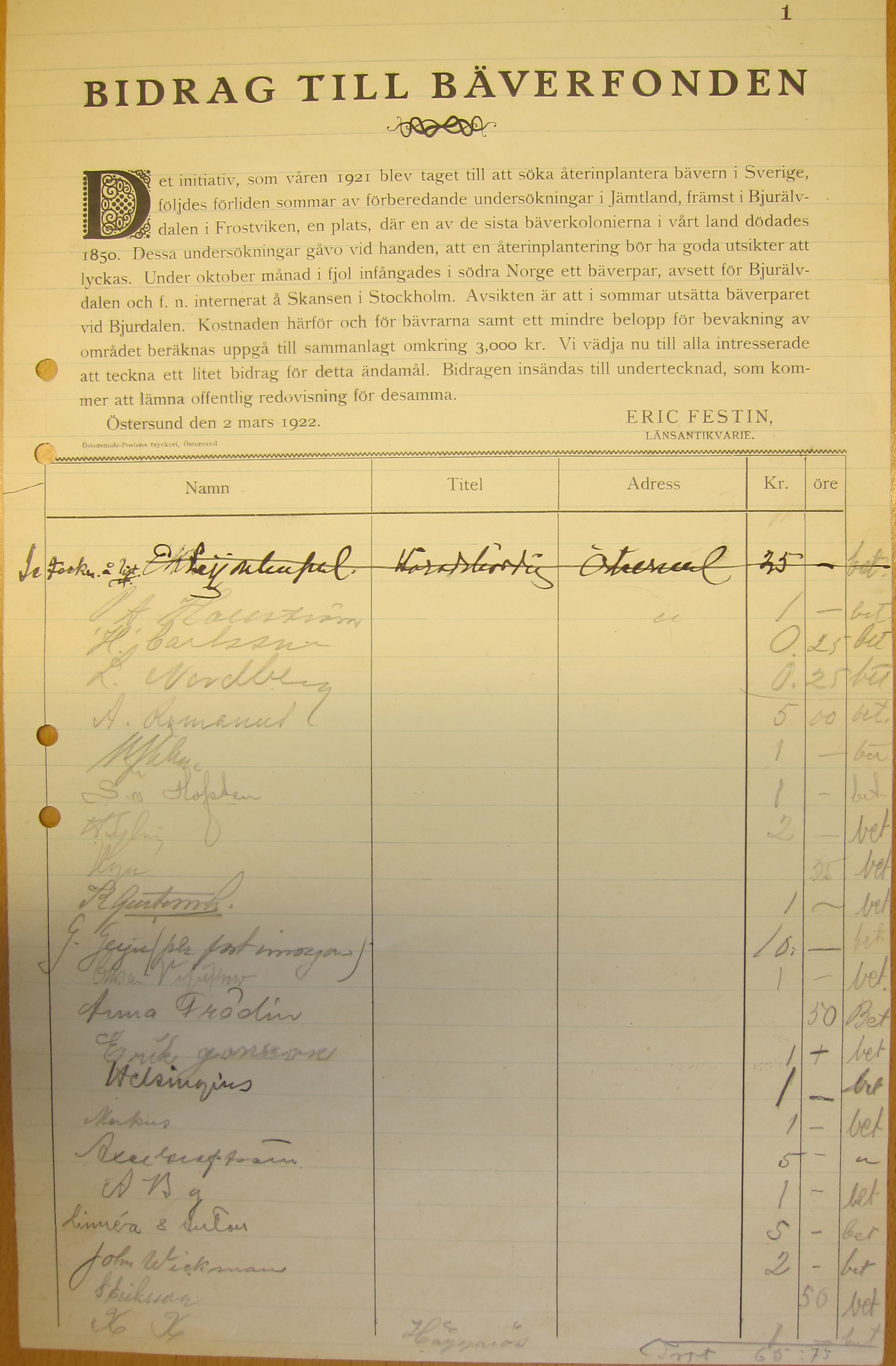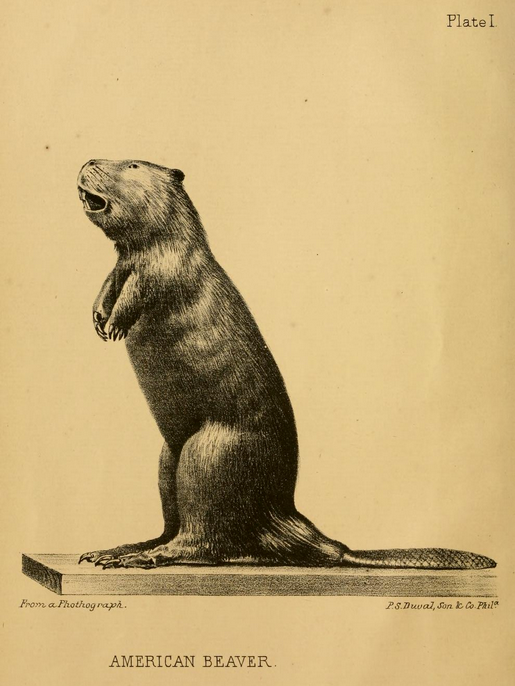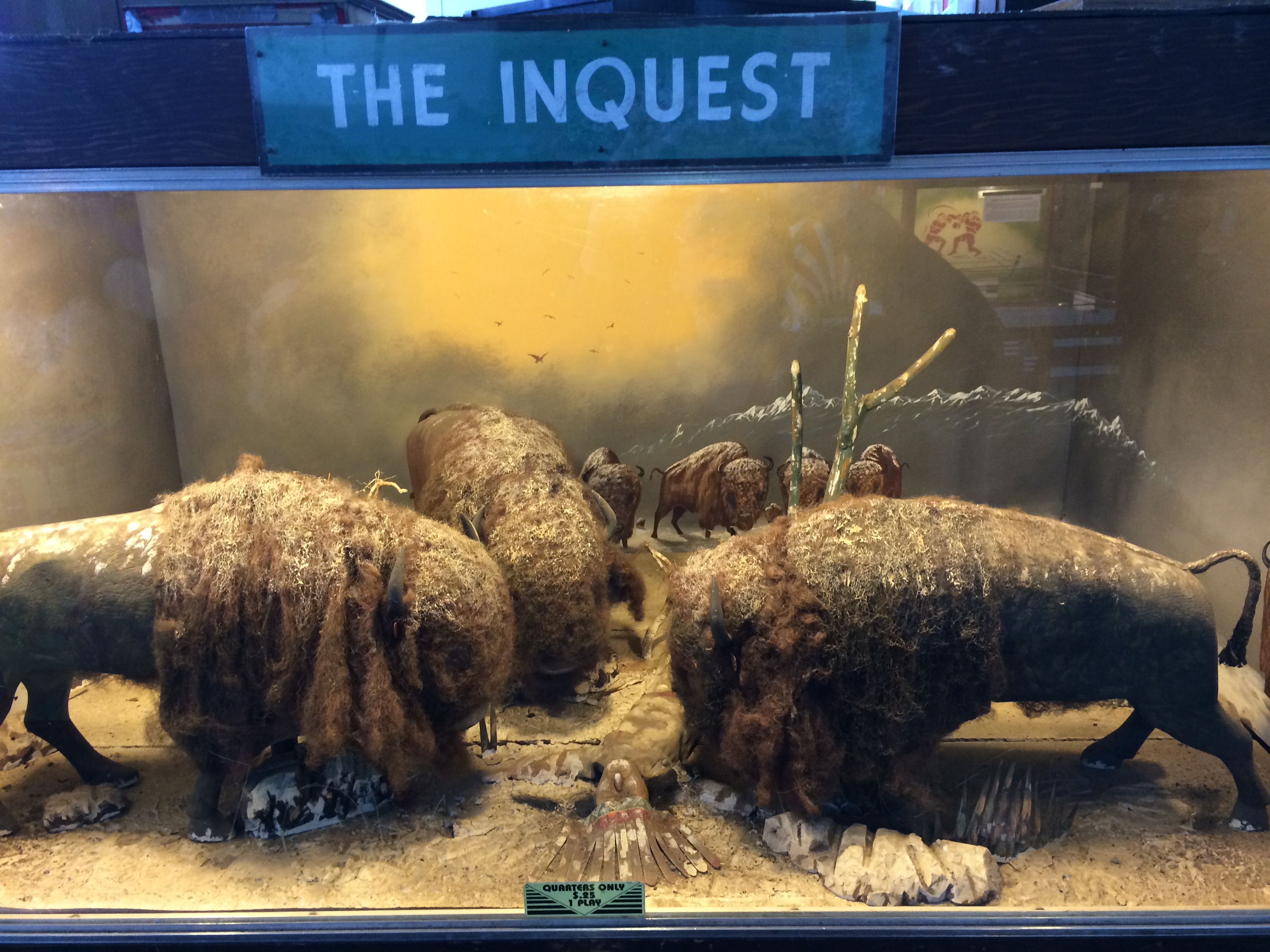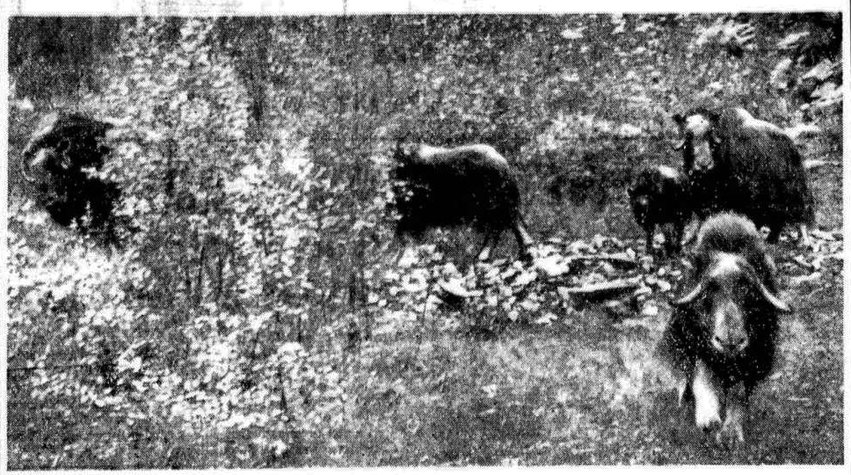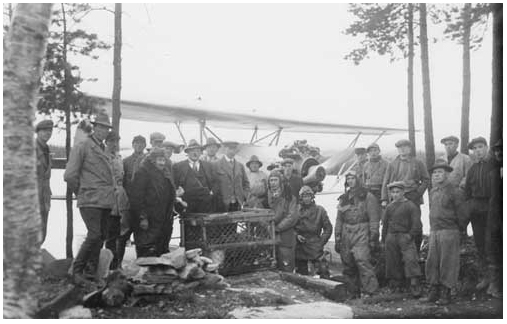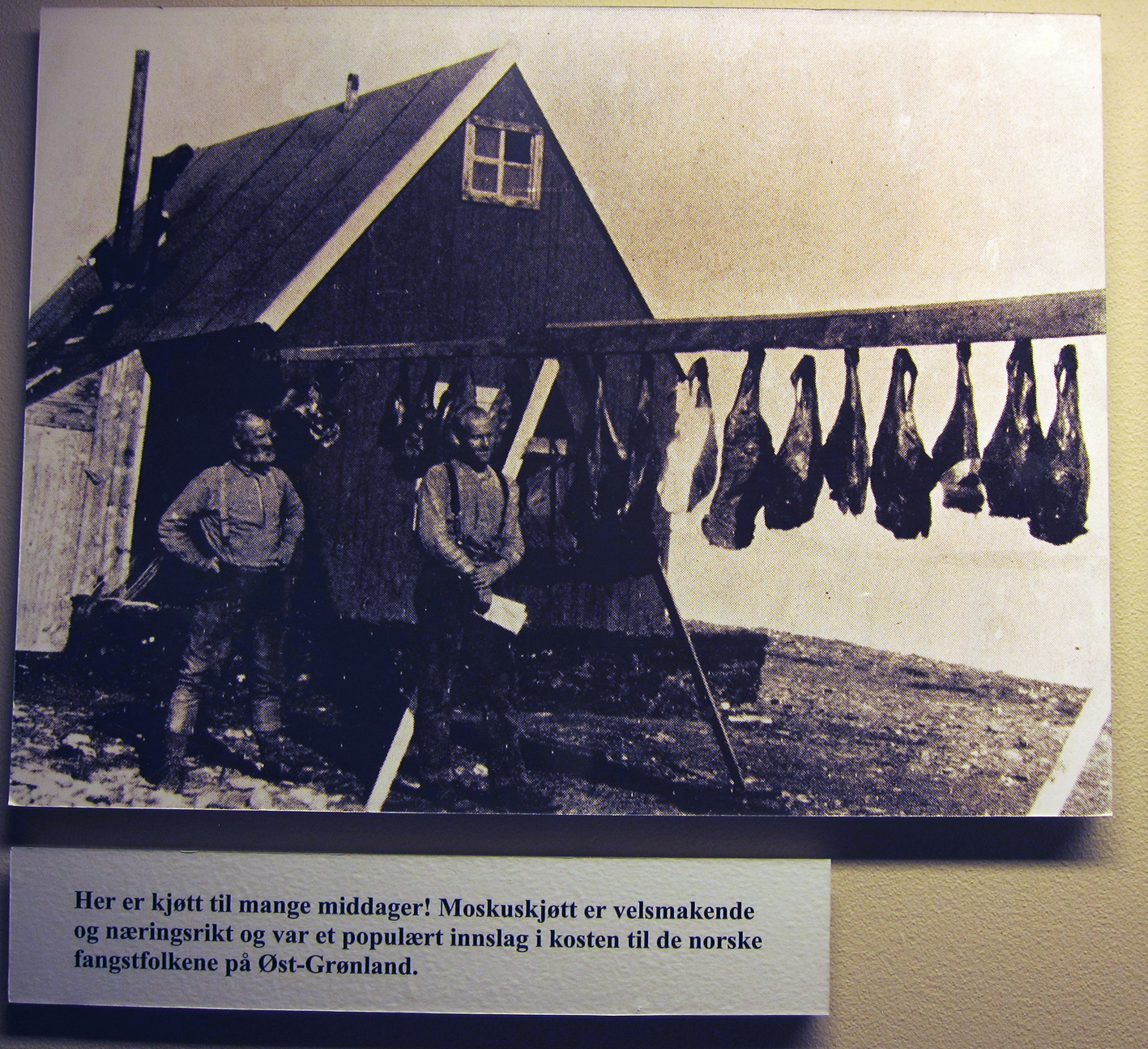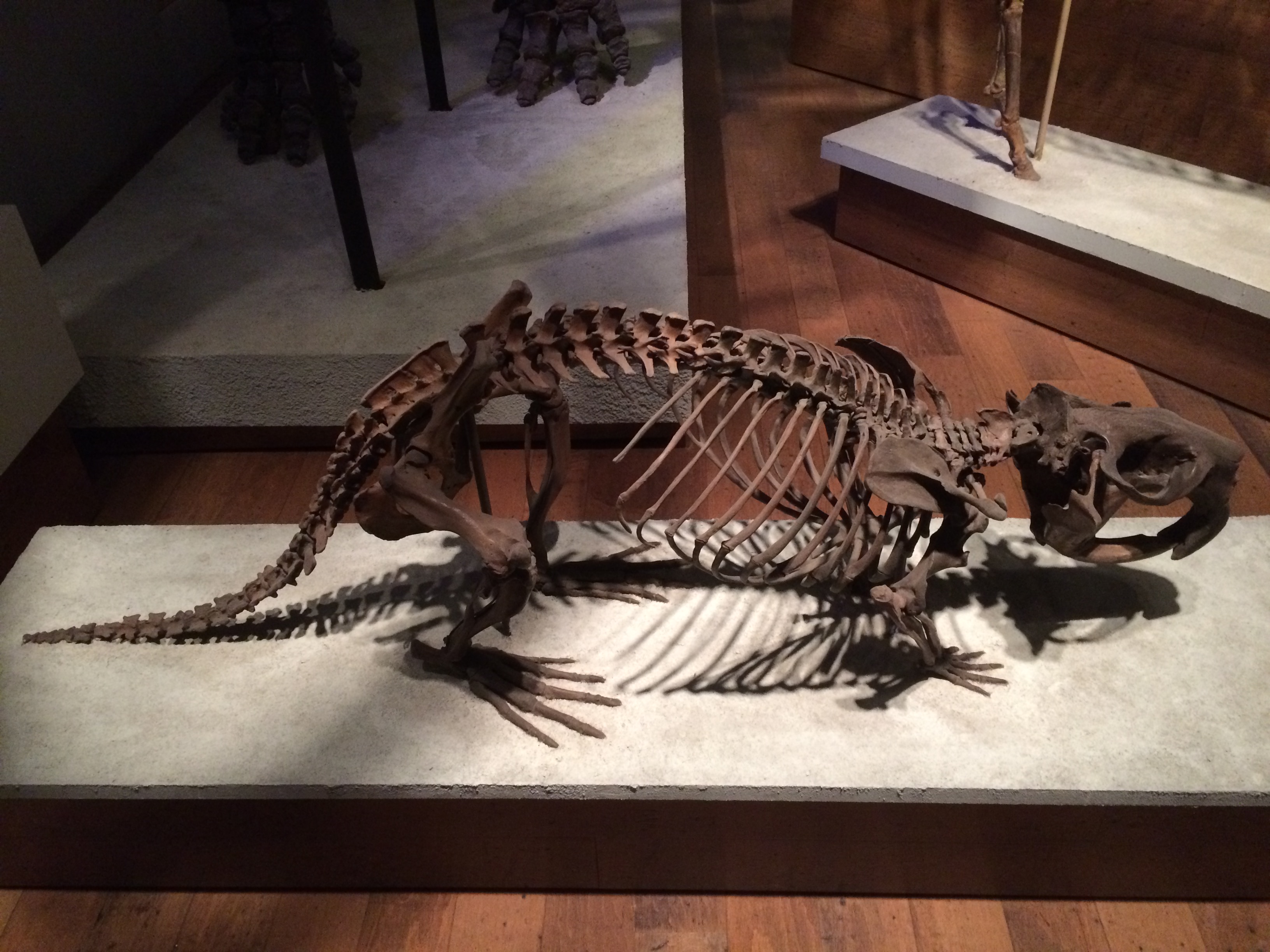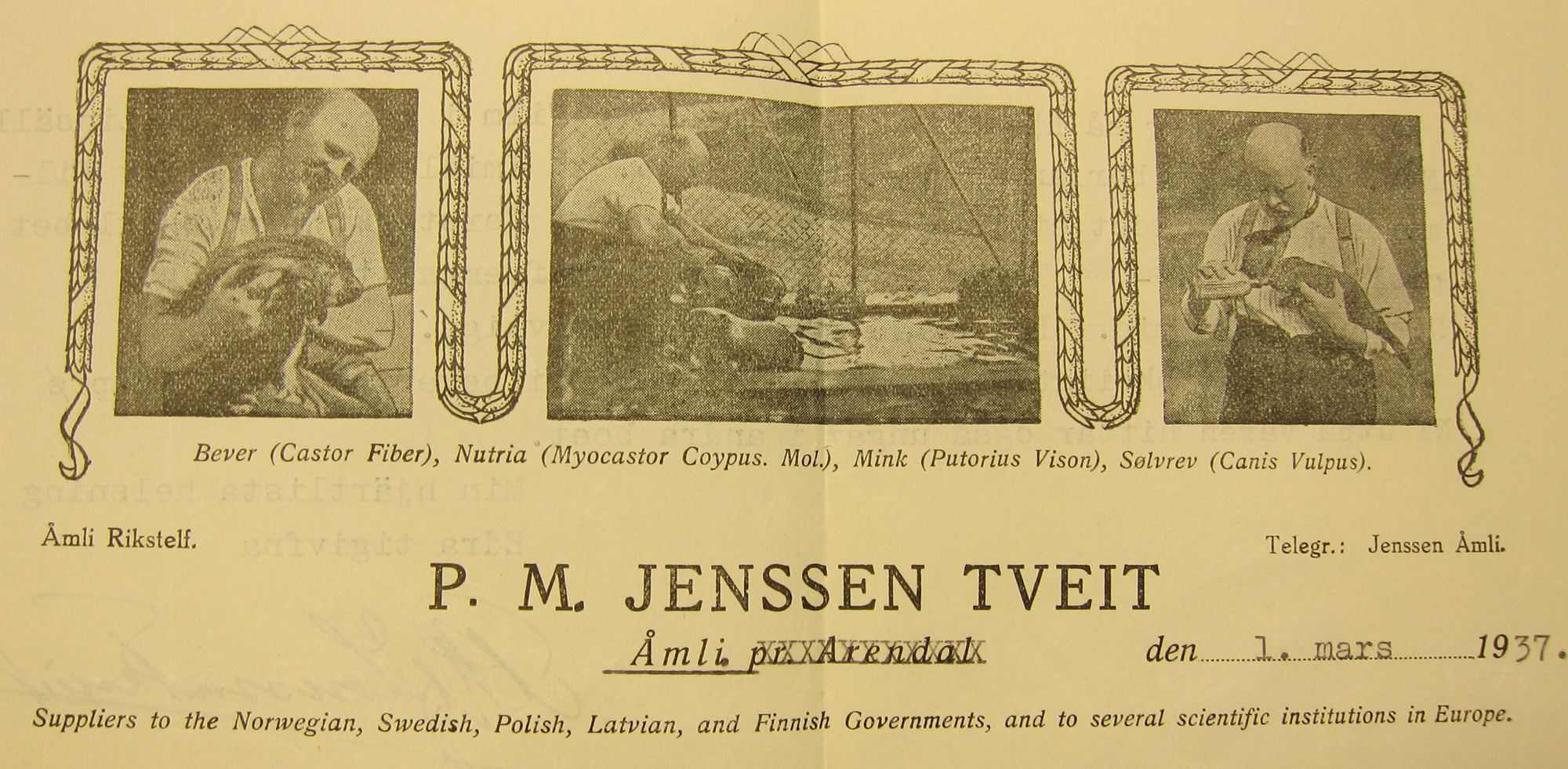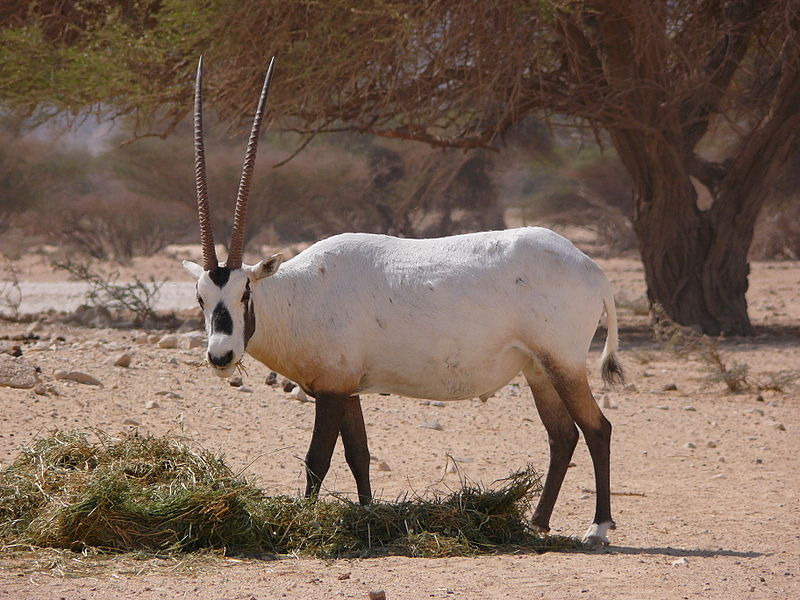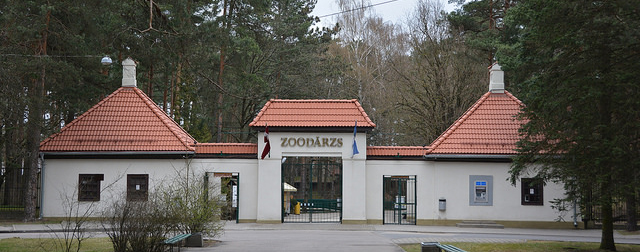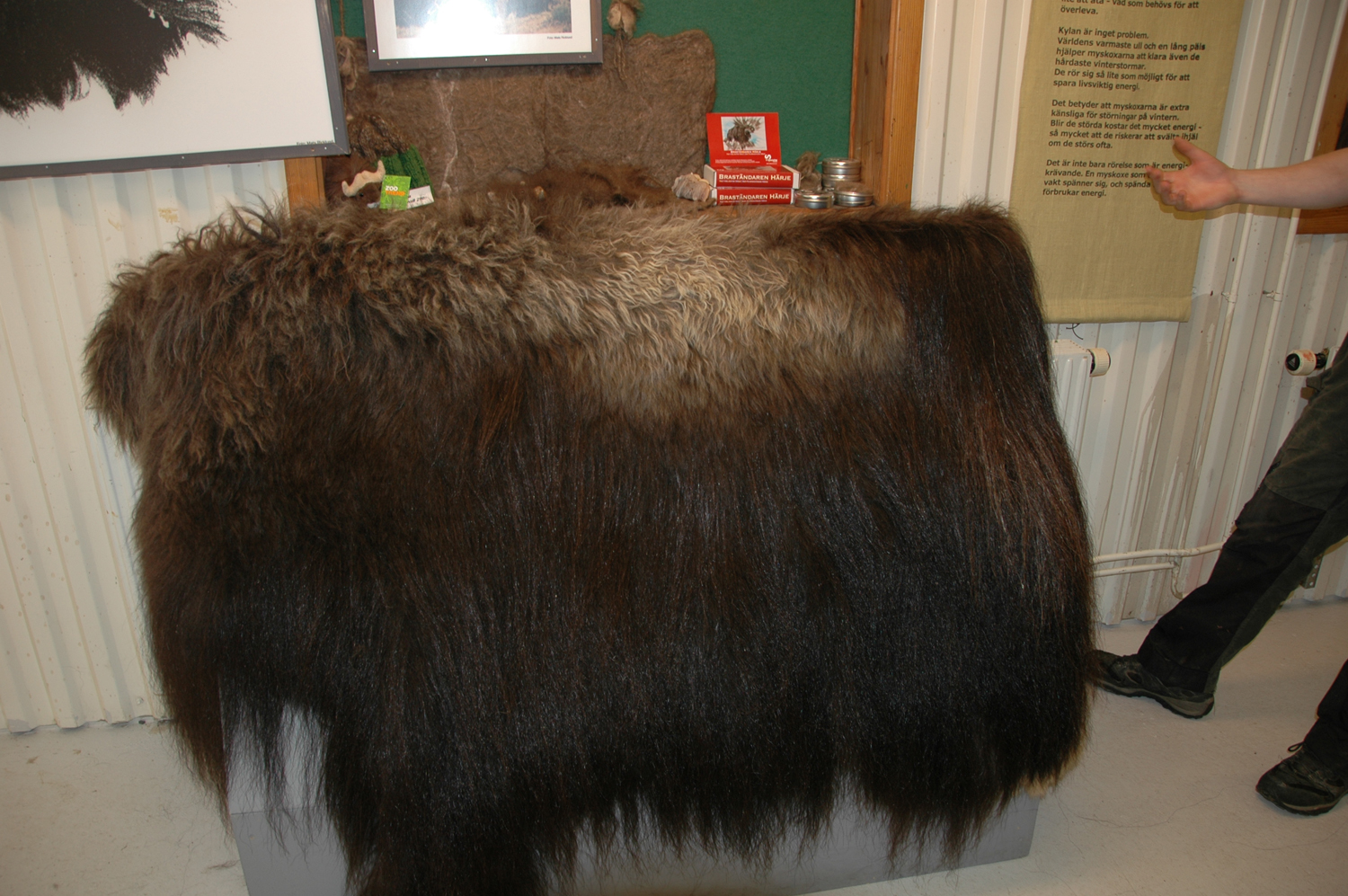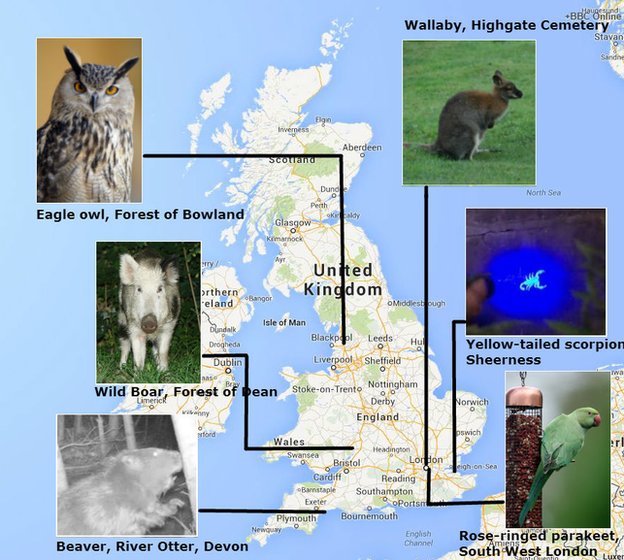-
The last _____
When the last eagle flies over the last crumbling mountainAnd the last lion roars at the last dusty fountainIn the shadow of the forest though she may be old and wornThey will stare unbelieving at the last unicorn. – America, “The Last Unicorn” When I was a young girl I saw The Last Unicorn, a film from 1982 based on a book from 1968 by Peter S. Beagle. In fact, I saw it many times thanks to HBO cable television. It was mesmerising to me to see the beautiful unicorn in search for others like herself, her quest to know if she was the last. Along the way, she is…
-
Beavers in Berlin
I like to believe that when we write environmental histories they are always smaller than we think–in that they are situated in a very specific place and time–but they are also always bigger than we think–in that they are connected to other places and times. Since I’m in Berlin this week visiting with the Max Planck Institute for the History of Science, I thought I’d think about the connections between my beavers in Scandinavia and Berlin. Way back in September 1910, the director of the Skansen zoological garden Alarik Behm got a letter from the Berlin zoological garden offering an exchange (the correspondence is in the Nordiska museet archive in Stockholm). Berlin…
-
Fear of disease
The wild beavers living on the River Otter (an ironic name) in Devon, England may get to stay put, but then again, they may not. I’ve been following the developments about these beavers since their presence was confirmed in January 2014. Basically, these beavers were released by someone without a proper permit, possibly even before 2009, and have now established themselves to the extent that they have had kits in the wild. When DEFRA and Natural England, the environmental authority in England, got confirmation of the beavers’ existence, they decided to remove them. Back in May, there were reports that DEFRA would kill (politely termed ‘cull’) the Devon beavers, which raised many…
-
Parasite co-reintroduction
I’m happy to report that I have a new article out in the journal Conservation Biology titled “Conservation implications of parasite co-reintroduction” (read it here w/subscription) based on The Return of Native Nordic Fauna project. The idea for the article was spawned by my discovery in 2013 of P.M. Jensen-Tveit selling beaver beetles as part of his business in the 1920s. That discovery led me to research the beaver beetle, what is was, and why it would have been for sale. What was fascinating to me was how the beaver beetle, a parasite that lives on beavers and looks very much like a louse, had basically hitched a ride to recovery–as the European…
-
Making room in a medieval story & today
The biographies written in the early 8th century about St. Cuthbert, who lived c.634-687, include several miracles with animals. The most famous of these is a story of the otters who anoint and wipe Cuthbert’s feet, but I think the lesser known stories of birds might give us insights about animal belonging and making room for the nonhuman. In one story, Cuthbert got angry at some birds who were eating the newly sowed barley crop: The most pious servant of God approached them … ‘Why,’ said he, ‘do you touch the crops that you did not sow? … If, however, you have received permission from God, do what He has allowed…
-
Animal histories at Chicago’s Field Museum
I had the pleasure yesterday of visiting the Field Museum in Chicago, USA. The museum, founded in 1893 as an outgrowth of the World’s Columbian Exhibition hosted in Chicago that year, is home to one of the world’s premiere natural history collections. As someone interested in museum storytelling about animals, I was looking forward to seeing how the Field Museum approached history in their displays. I was impressed that animal histories with conservation messages pervaded many of the exhibits. Take the case of this gray wolf (Canis lupis): The display not only puts the gray wolf’s decline into cultural context–“Our fears led to the wolf’s decline”–but it also tells the story…
-
Otters then and now, north and south
The Eurasian otter (Lutra lutra) is extremely widely distributed in Europe and Asia, but in spite of its huge range it is also linked historically to certain geographies. The otter is not included in the medieval bestiary corpus, unlike many other European animals like the beaver which makes regular appearances. There is a bestiary animal called the ichneumon which some have identified as otter, but it is much closer in description to a mongoose (the ichneumon’s primary trait is its ferocity toward dragons, crocodiles and snakes). But otters do appear on premodern maps. Olaus Magnus included an otter on his Carta marina from 1539. He places this otter in the region of Östrabottnia,…
-
The fauna of post-glacial Sweden
The Lund University Historical Museum has recently opened a new exhibit ‘Sven Nilsson and Skånes post-glacial fauna’. The natural history exhibit displays a mix of taxidermy and skeletal specimens of the animals which moved into southern Sweden when the glaciers retreated after the last ice age about 10,000 years ago. It is based on the work of Sven Nilsson (1787-1883), a leading Swedish zoologist who published an impressive multi-volume on Scandinavian fauna (first volume in 1820), headed the Natural History Museum in 1828-1832, and then became a professor of zoology at Lund University. Nilsson looked for both past and present evidence of animal colonisation, arguing that some animals, including bears, beavers, wild…
-
It’s a bird. It’s a plane. It’s a beaver!
Moving animals around is no easy task. In translocations (a catch-all word which is used in science to mean moving animals around for many different reasons), the animal has to be crated, calmed, and carried away to its destination. Transportation means vary by location. In the first Swedish beaver reintroduction effort in 1922, train, horse cart, sledge, boat, and foot were all involved. In 1934, a Norwegian beaver bound for her new Swedish home got to fly on a plane. In a previous post I’d written which discusses the flight, I said it was a pair of beavers, but now I see that it was just one female. In fact, for just one…
-
Stories of the past for the future
Earlier this week I gave a talk at my university about the role of memory in the reintroduction of beaver to Sweden in the 20th century. I’ve been working on this piece for a while and will be giving another presentation on it in Lund in southern Sweden in a couple weeks. In working on this, I’ve read a fair amount of scholarship about memories that transcend the individual as social memories, or ‘collective memory’ as Maurice Halbwachs calls it. Scholars after Halbwach have further refined ‘collective memory’, splitting it into ‘cultural memory’, which is institutionalized, recounted by specialists and requires external symbols to invoke the memory (things like religious practice…
